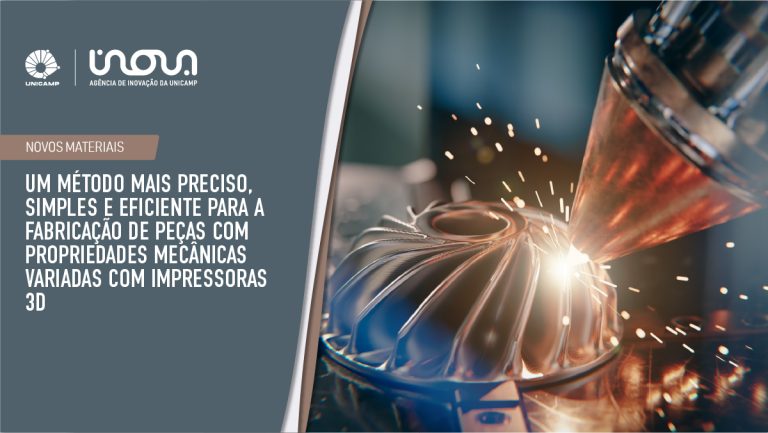Method for genetically modifying acidophilic bacteria and constructing a transformation vector
NOVELTY – Transforming chemolithotrophic acidophilic bacteria involves obtaining competent cells of Acidithiobacillus ferrooxidans and then constructing a vector. The vector is inserted inside Acidithiobacillus ferrooxidans cell. Acidithiobacillus ferrooxidans cells are transformed by using electroporation technology. The competent cells of Acidithiobacillus ferrooxidans are obtained by using inoculum growth phase and then performing filtration of the cells. USE – Method for transforming chemolithotrophic acidophilic bacteria used in bioleaching of copper sulfate, gold, uranium, nickel, zinc and cobalt ore (Claimed). ADVANTAGE – The method enables to transform chemolithotrophic acidophilic bacteria by allowing the vector to replicate inside the bacteria without altering the natural physiological functions of the bacteria. DETAILED DESCRIPTION – An INDEPENDENT CLAIM is also included for a method for transforming vector, which involves: (A) inserting origin of replication (oriV) in pBR322; (B) cloning the vector pGEM-T by using EZ-Tn5 transposon and removing origin of replication (oriV) by identifying restriction sites; and (C) processing the pBR322oriV with kanamycin resistance gene in order to transform vector.
Main Application Field
B04 (Natural products and polymers. Including testing of body fluids (other than blood typing or cell counting), pharmaceuticals or veterinary compounds of unknown structure, testing of microorganisms for pathogenicity, testing of chemicals for mutagenicity or human toxicity and fermentative production of DNA or RNA. General compositions.); D16 (Fermentation industry – including fermentation equipment, brewing, yeast production, production of pharmaceuticals and other chemicals by fermentation, microbiology, production of vaccines and antibodies, cell and tissue culture and genetic engineering.)
INVENTORS:
CHRIST ANA PAULA GUARNIERI
ALEXANDRINO FABIANA
GARCIA JR OSWALDO
600_ACIDOFILAS
Patent number: WO2012116422-A2;WO2012116422-A3;BR201100418-A2;AU2012222880-A1;AU2012222880-A2;CA2832932-A1;EP2677033-A2;PH12013501729-A1;JP2014505483-W;IN201307406-P1;RU2013142578-A;ID201404149-A
PATENT STATUS:
GRANTED
FOR ADDITIONAL INFORMATION:
parcerias@inova.unicamp.br
+55 (19) 3521-5207 / 2607
This technology profile has been automatically generated.








